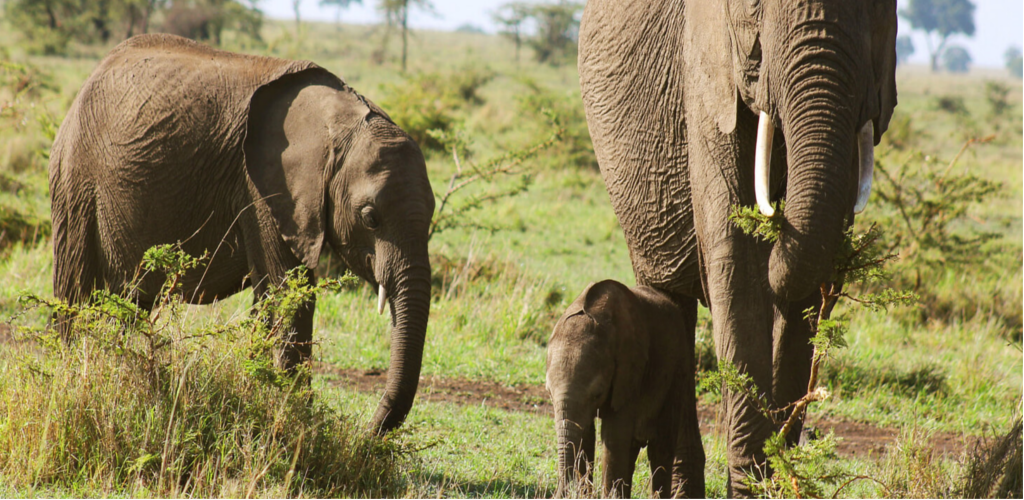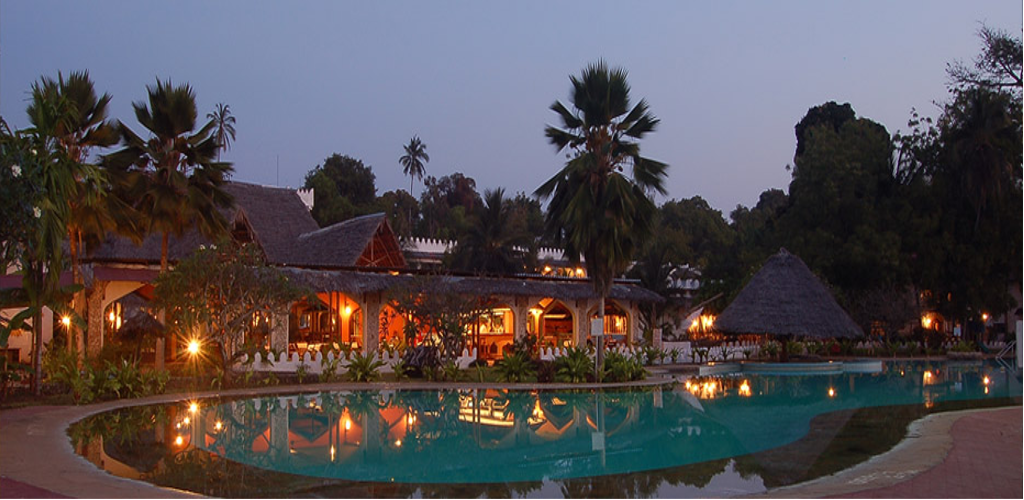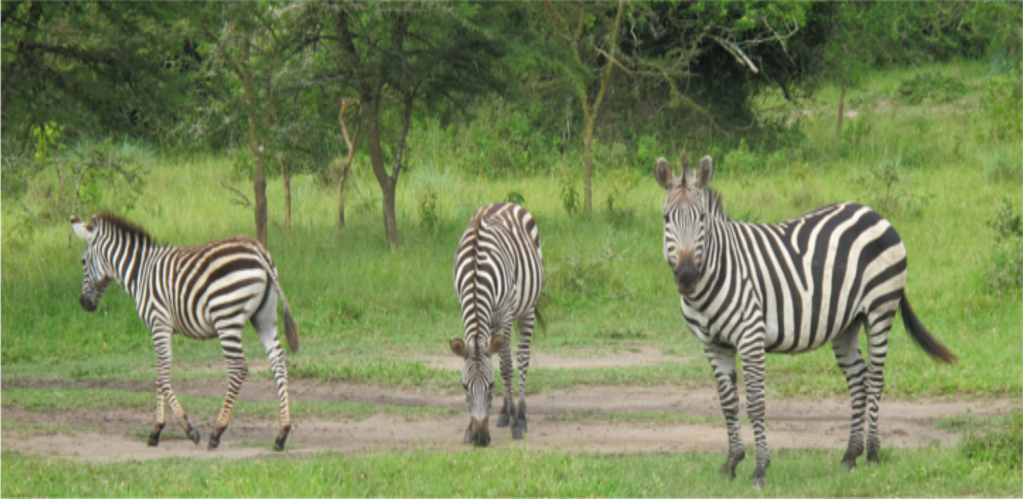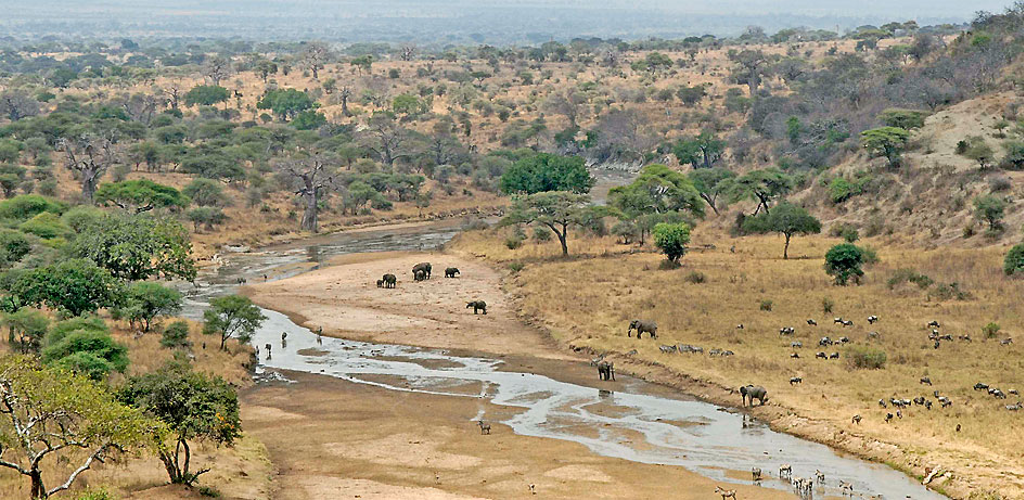Maasai Mara Conservancies

Maasai Mara Conservancies
Along the northern and eastern boundaries of the Maasai Mara National Reserve, most of the former Maasai cattle-grazing districts have been converted into wildlife conservancies. In these exclusive, wildlife sanctuaries, the Maasai landowners (each of whom owns a small tract of ranch land, none of which are fenced) have come together to benefit from safari tourism by agreeing joint land-use and lease agreements with safari camp operators who pay their partners an annual rent and a daily fee for each visitor.
Although it might seem an obvious partnership, with benefits for all sides, conservancies were first tried in the region as recently as 2005, having been pioneered at Selenkay near Amboseli in 1997. There have, however, been positive developments in the Mara almost every year since then, with one large bush district after another converting from cattle-grazing to safari tourism and conservation. Sometimes the Maasai retain limited livestock-grazing rights in these areas, and particularly in the corridors between them – and there are small islands of resistance here and there, where a landowner has done a private deal, or ‘forgets’ he is not supposed to be grazing his livestock beyond the agreed invisible boundaries.
The conservancy model has been a massive success – so much so that the wildlife is often more prolific in the conservancies outside the Maasai Mara National Reserve than inside it. And with livestock-grazing far from unknown in the National Reserve in any case – and busy tourist traffic in much of it, especially in migration season and peak holiday periods – there is evidence that the wildlife is steadily adjusting to the fact that the bushier, less visited lands to the north and east are also relatively safe havens, where humans pose only a limited threat and the natural environment is increasingly returning to a state of healthy balance.
How Safaris are operated in the Maasai Mara Conservancies
The conservancies are exclusive to their guests and the limited number of camps in each conservancy can organise bush walks and night drives, neither of which is possible in the National Reserve. The conservancy camps are still able to take safari visitors into the National Reserve, and most camps in the conservancies include a full day in the reserve for each three-night stay – a particularly popular option during migration season. It doesn’t work the other way round: most conservancies do not permit casual visits to safari travellers staying in the big camps and lodges in the national reserve or clustered around its boundaries.
There is a selection of safari camps both inside the National Reserve and outside it in the exclusive conservancies. Remember that none of these areas are fenced. The Mara region’s few fences are used to keep people and livestock safe rather than to enclose the free-roaming wildlife.
A Safari in Mara Naboisho Conservancy
North of the national reserve, Mara Naboisho is the newest conservancy in the region. With more than 200km² of largely wild bush and savannah, it hosts big populations of elephants and giraffes, around 70 to 100 lions (including the largest pride in the Mara region, the Enesikiria or KGS pride), and lots of the other plains game species, including wild dogs. Mara Naboisho is on the route of the secondary Loita Migration of wildebeest and zebras, between the Loita Hills to the east and the Maasai Mara National Reserve and Mara North Conservancy to the west. The huge number of grazers in the conservancy accounts for its high population of predators. The innovative Koiyaki Guiding School (or KGS) is located in Naboisho and is well worth a visit, and the conservancy now has an airstrip – Naboisho airstrip, also known as Ol Seki airstrip – for scheduled airlines.
Mara North Conservancy Game Safaris
The Mara North Conservancy is a 320km² sweep of classic savannah bush country, the land broken into ridges and ‘chocolate blocks’ by bush-choked luggas (seasonal stream courses), and with high densities of game. The wildlife includes several much-studied lion prides, such as the Acacia pride and the Gorge pride, named after the iconic Leopard Gorge, 5km north-east of Musiara Gate. The local Maasai and their herds still have some grazing rights here, so while on safari in Mara North you will see the occasional herder out with his cattle.
Game Safaris in Olare Motorogi Conservancy
Notable for its highly focused conservation work and the success of its community integration, the Olare Orok Conservancy set the benchmarks for sustainable Mara tourism by proposing a limit in the conservancies of 12 tents per camp and at least 3km² of game-viewing land per tent. On the national reserve boundary, just north of the Musiara sector of the reserve, safaris in Olare Orok give exceptional wildlife-viewing, with all the predators present and some of the best lion-watching in the Mara eco-system. In 2012, Olare Orok joined with Motorogi Conservancy, to the north, championed by Richard Branson, to form a single tourism and conservation area, the 133km² Olare Motorogi Conservancy managed by the same warden and rangers.
Safaris in Ol Kinyei Conservancy
Created as recently as 2005, with just one camp from which the local community benefits substantially, the 65km² Ol Kinyei Conservancy was the Mara’s first community-owned conservancy. It demonstrated that landowners could make a living from safari tourism, and the model has since been replicated all over the greater Mara region. This is an area in which guided walks and a good degree of cultural immersion are the norm. There are at least 20 lions in the conservancy, plus other cats and plenty of plains game.
Safaris in Ol Derikesi Conservancy
The remote Ol Derikesi Conservancy has only one, spectacular, camp. The district is teeming with wildlife (including some huge lions), especially since the camp negotiated an agreement with the Maasai stakeholders in the area to create a strict cattle-free zone around the camp in exchange for community charges levied from safari visitors.
Going on Safari in Siana Group Ranch
The huge Siana Group Ranch covers the area from Sekenani Gate to Ololaimutiek Gate and north as far as the road to Narok beyond Leleshwa camp. It contains a great range of habitats, from shelving plains to forested hills. The area is home to good quantities of wildlife, including particularly large numbers of elephants and giraffes, and it borders the Loita Hills, into which one or two camps in Siana run occasional adventurous fly-camping safaris on foot, using donkey carts.
Going on safari in the Mara conservancies
Safaris in the conservancies fringing the Maasai Mara National Reserve take place out of a limited number of small camps. The standard formula is a maximum of one bed for every 3km² and a maximum of 12 tents per camp, with many camps having more like half this number. The net effect of this low-impact tourism is that you might see one or two other vehicles while on a game drive in the conservancies, but often enough you’ll see no other vehicles at all.
Most of the camp staff in the conservancies come from the region’s Maasai community. In the case of one or two camps, staff are drawn exclusively from local Maasai villages – or enkang – of huts constructed by hand from mud, straw and cow dung (with the odd concrete, tin-roofed building) encircled by cut thorn bushes to deter predators from taking livestock at night. Much more than in the reserve camps and lodges (where staff tend to be recruited by head office HR departments and posted to the Mara), you’re likely to have close contacts with Maasai people on a daily basis, adding an illuminating cultural thread to your safari. Nearly all the conservancy camps offer optional ‘cultural visits’ to one of their nearby Maasai villages, often accompanied by staff who live there. A fee of about $20 per person is payable locally.
Activities in the conservancy camps are not just vehicle-based. While the national reserve only permits visits in vehicles, the conservancies are on privately owned land and they make their own, more flexible rules based around small numbers of visitors and concepts of close supervision and good local knowledge. All the conservancy camps have their own specialist, 4WD game-drive vehicles, but you’ll find bush breakfasts, lunches and dinners are more common than inside the reserve (and obviously you get out of the vehicle for these), while one or two camps have mountain bikes.
Bush walks in the conservancies are increasingly popular and split into two different styles. Most are accompanied by one or two armed escorts who carry light firearms. Guides, escorts and guests walk in a group, and deliberately follow established routes through open areas with good visibility and very limited likelihood of encountering dangerous wildlife. In one or two camps, bigger caliber weapons are available and guests can then be guided through denser bush. On these walks, a spotter with binoculars scouts ahead and lets the party know that it’s safe to proceed. A popular bush walk plan is to leave from camp at dawn by 4WD, with breakfast and a camp kitchen packed in the vehicle. You’re then dropped off to walk for a couple of hours, while the vehicle drives on to the breakfast spot where you meet up later. You then drive back to camp after breakfast – or walk back if the route is suitable.
The other conservancy activity that is not permitted in the reserve is night game drives. Night falls early – and very quickly – in Kenya (sundown varies through the year between about 6.30pm and 7pm in the Maasai Mara) and nocturnal wildlife starts to become active from around 6pm onwards. A typical night game drive follows on naturally from a late afternoon game drive. You stop at the camp’s favourite sundowner spot at around 6.15pm and have a drink and some nibbles as the sun plunges below the horizon. In darkness, you then set off back to camp very slowly with the spotter directing the spotlight. Camps are increasingly switching from white lights to orange or red lights, which are much less stressful for wildlife. Depending on what you’ve requested in advance, you might get back to camp for dinner at about 8pm. Alternatively, you can often do a later night drive, setting off after an early dinner. Most conservancies require camp vehicles to be back in camp by 10pm.





